Dogs have been described as man’s best companions, from the very large breeds to those miniature ones as cute as buttons. Many of these canines can be acquired in different coat types, straight, curly, and wired. Also, there are breeds with long and some with short muzzles, some have straight standing ears and many have dropping flappy ones. All these personality traits are what distinguish one dog breed from the other. The focus in this piece is on dogs with curly tails.
Table of Contents
1. Basenji
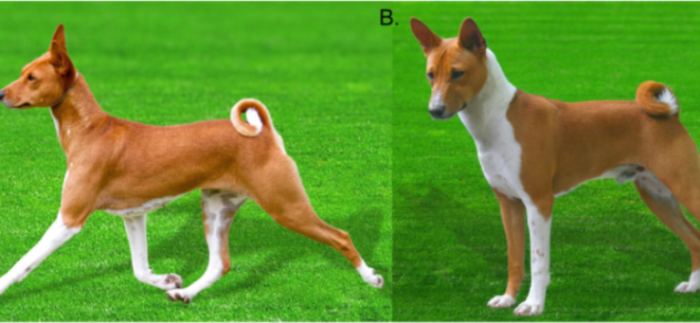
The Basenji’s corkscrew tail is one of its distinguishing features, in fact, when it comes to strict curliness, it doesn’t get more uniform or tighter than the curly tail of this cute breed. The dog’s origin is traceable to the black continent of Africa and dates back to the era of ancient Egypt. Since it was first discovered by westerners around 1895 in Congo, the pup has been a working dog, hunting for game, especially in the thick forests of Central Africa. Their aloof nature makes them catlike and their temperament has been described as stubborn, unapproachable, independent, and can only be managed by a consistent and patient owner.
2. Shibu Inu
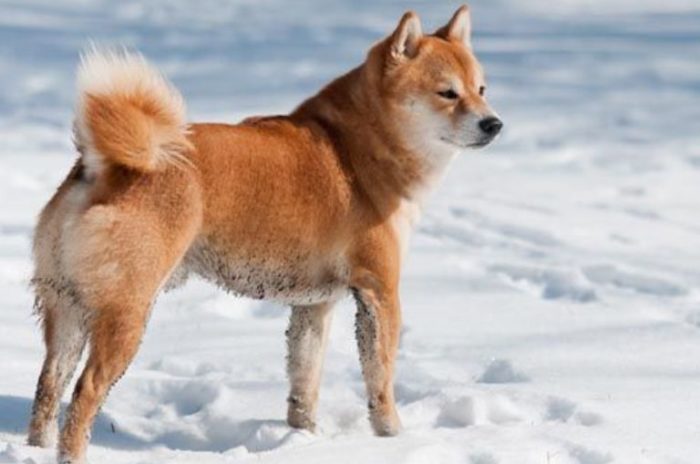
Occurring in a selection of colors – red, black, white, and cream, the Shibu Inu sports a tail so curly that it appears to have a second level, or does it? In the curly tail context, this furbaby is almost as curly as the Basenji’s corkscrew tail and is easily recognizable. Shibu Inu is a working dog once engaged in the Chubu Region Mountains, flushing and hunting game. The breed is catlike, independent, and can only be kept on the right path by a consistent owner. You won’t go wrong with a Shibu Inu as your hiking companion as the dog is rather too apt for the job.
3. Samoyed
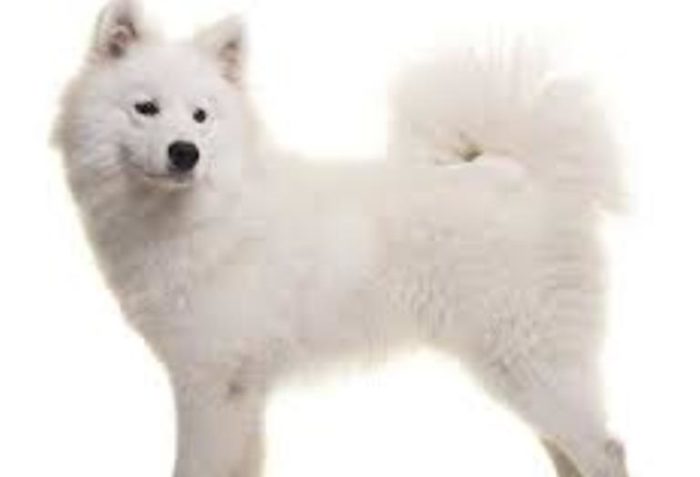
The Samoyed’s tail is sort of arched in a perfect “C” over the dog’s back. The Spitz was originally bred for the purpose of herding cattle. Sammies are known to be affectionate, loyal, and outwardly always happy. They can be great family dogs and can tolerate younger kids. The dog is not fit for apartment living because of its high activity level and to keep your Sammie smiling, you need to supply plenty of stimulation.
4. Icelandic Sheepdog
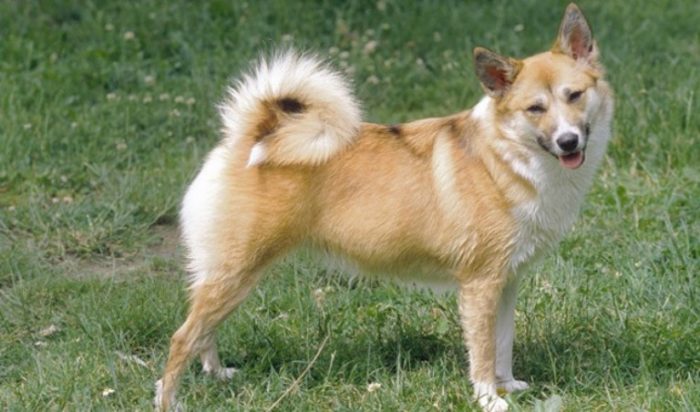
The Icelandic Sheepdog’s tail has the appearance of a fluffy flag as it is held high over the pup’s back – it is indisputably adorable. This ancient breed arrived in Iceland with the early Vikings and for centuries, shepherds have been using them in cattle and sheep herding. The breed was able to survive the harsh climate of Iceland, thanks to its upbeat temperament and thick coat. This happy-go-lucky dog is a rare breed but its high intelligence, winning personality, and work ethic makes it possible for the pup to excel at any job.
5. Pug
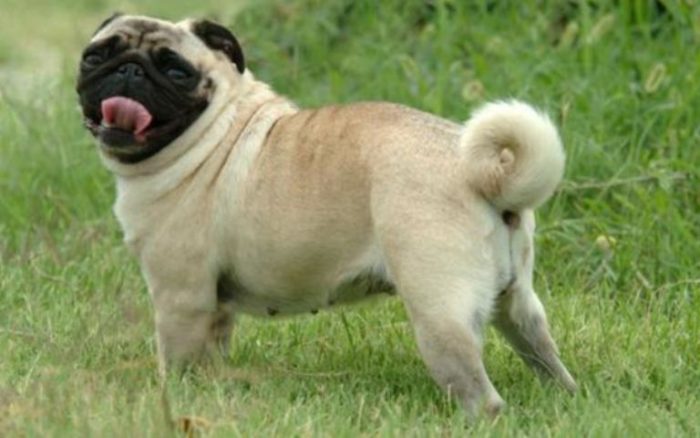
A tight curl at the end of a Pug’s tail as it adorns the dog’s back is one of its distinguishing features and for that tail to unfurl, it takes quite a lot of effort. First bred in China, this adorable little breed arrived in Europe around the 1500s, and with time, it gained popularity among nobles (like Queen Victoria), thanks to that velvety-soft coat and cute, wrinkled face. All these qualities of the Pug are retained to date, making them one of the most popular dogs in modern times. For prospective pet parents on the lookout for devoted companions that function as lapdogs, the Pug may be a great choice. The furbaby is gentle, loyal, and makes a great family pet.
6. Finnish Spitz
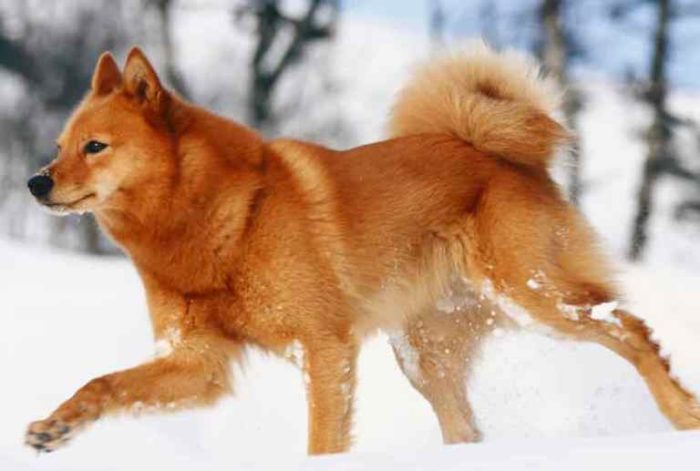
Finnish Spitz is one of the breeds with the closest resemblance to the fox, however, the dog’s distinctive tail which has the appearance of a perfect circle set on its hip tells it apart from the fox. Originally a hunting dog, the Finnish Spitz was used in chasing and tracking all sorts of game – smaller ones like squirrels and birds and bigger ones like bears and moose. Even in present-day Finland, the pup still functions as hunting hounds but in other parts of the world, they live in homes as pets and companions for children.
7. Keeshond
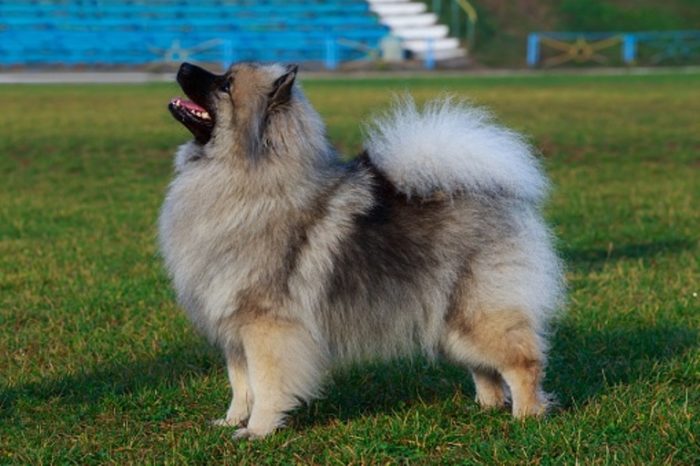
It is rather difficult to ascertain what is going on with your Keeshond’s curly tail as both the tail and back (where it tapers) are bathed in fluffy, thin hair. Originally from Holland, the Kees were used as guard dogs and companions by barge captains. Its temperament is described as affectionate, loyal, and playful. The pup learns very fast and can thrive in different environments, including family units.
8. Norwegian Buhund
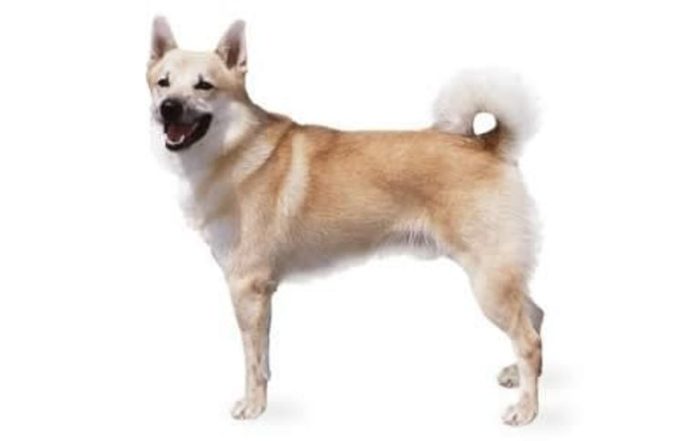
The Norwegian Buhund is a curly and soft-coated pup always happy in the company of its parents. To gauge how this furry pal is feeling, you only need to scrutinize the posterior. The Buhund’s tail is comparable to that of a husky but may not be as curly as that of other Spitz-type dogs. This herding Spitz breed originally worked for the Norwegian shepherds in the harsh territory of the coastland, gathering and protecting their flock. They also worked in the homesteads as guardians after herding flock.
9. Pomeranian
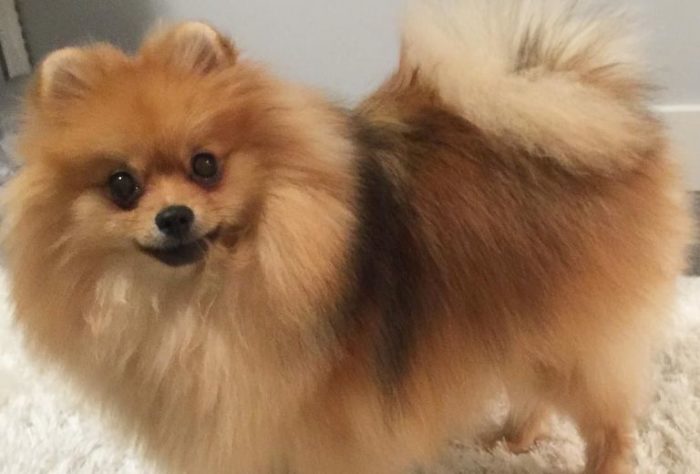
The Pomeranian’s curly tail appears like an extension of its fluffy round body and more often than not, it blends with that beautiful coat. The first breeding project for the Pom was carried out in the region between Poland and Germany and they are said to be descendants of the larger German Spitz breed. Queen Victoria’s liking for the Pom led to its popularity across Europe. The present-day Pom come way smaller than the original breeds, but they remain loving and playful but can be barky and aggressive, just like toy breeds of similar ilk.
10. Akita
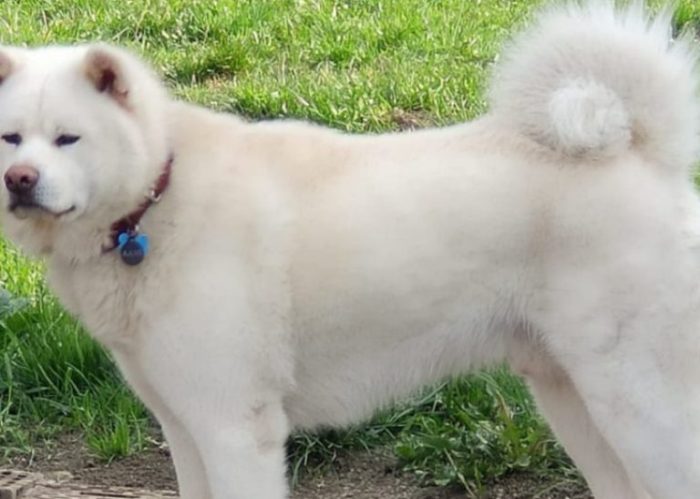
The tail of an Akita is loose and curly and often resting over the pup’s hip, though it looks like that of the husky, the tail of the Akita has the propensity to bend at the base, it rarely unfurls and but serves as coverage for the posterior. This pup originated from Japan and hunted bear and elk in the mountainous northern region where it was bred. Often reared by samurai, the pup gained popularity in dogfighting. With Their dogfighting ferocity still intact, the breed is presently used as guard dogs and, early socialization and consistent training can make a loyal and family pup out of your Akita.
Read Also: How Many Toes Does A Dog Have? See Why Some Have More and Others Less
11. Chow Chow
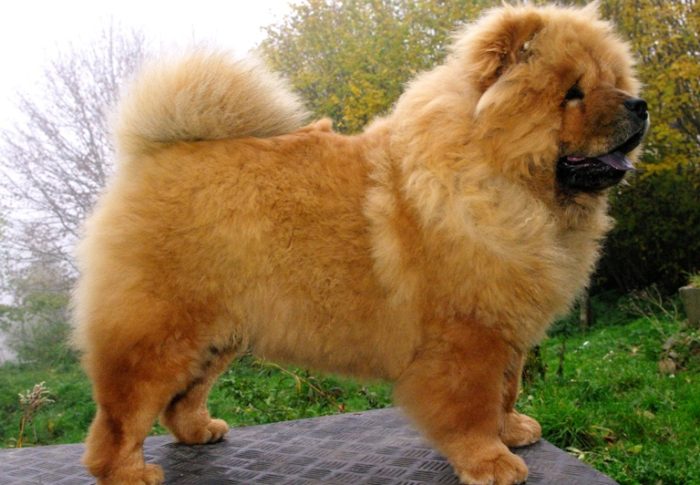
The curly tails of the Chow Chow are said to be crafted with a purpose as it is effective in keeping the pup’s back warm and giving it the confident appearance needed to intimidate trespassers. This ancient canine’s tail is arguably the puffiest in the curly tail contest. Over time, the breed functioned as a sled dog, a war dog, and a source of food. This catlike canine doesn’t warm up to strangers very fast but is quite protective of its human family
12. Swedish Vallhund
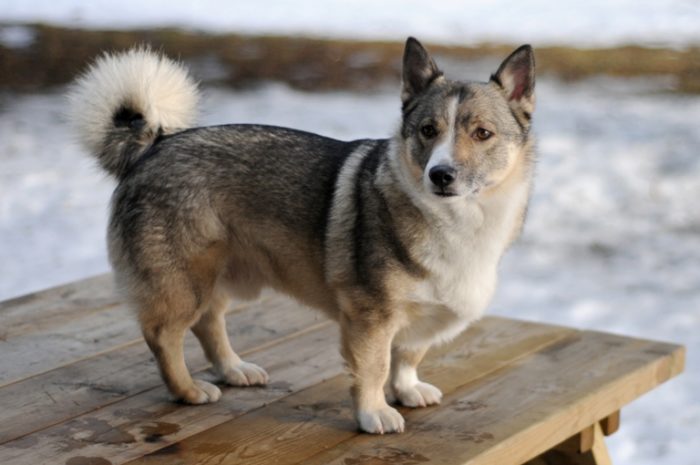
The Swedish Vallhund is a typical member of dogs with curly tails but some unique recessive gene has led to some of them being born with a long tail, no tail, curly tails, or any other variation. Originally a cattle herding dog, the Swedish Vallhund is a great choice for dog sports like agility. They can learn very fast and are good for the family.
Highlights Off Dogs With Curly Tails
- Basenji
- Shibu Inu
- Samoyed
- Icelandic Sheepdog
- Pug
- Finnish Spitz
- Keeshond
- Norwegian Buhund
- Pomeranian
- Akita
- Chow Chow
- Sweedish Vallhund
